Advantages Of Using Point Of Sales (POS) System In Hotels

Advantages Of Using Point Of Sales (POS) System In Hotels Introduction: Point of sale (POS) systems play an important role in ...
Read more
Main Functions And Features Of Point Of Sale (POS) System In Hotels
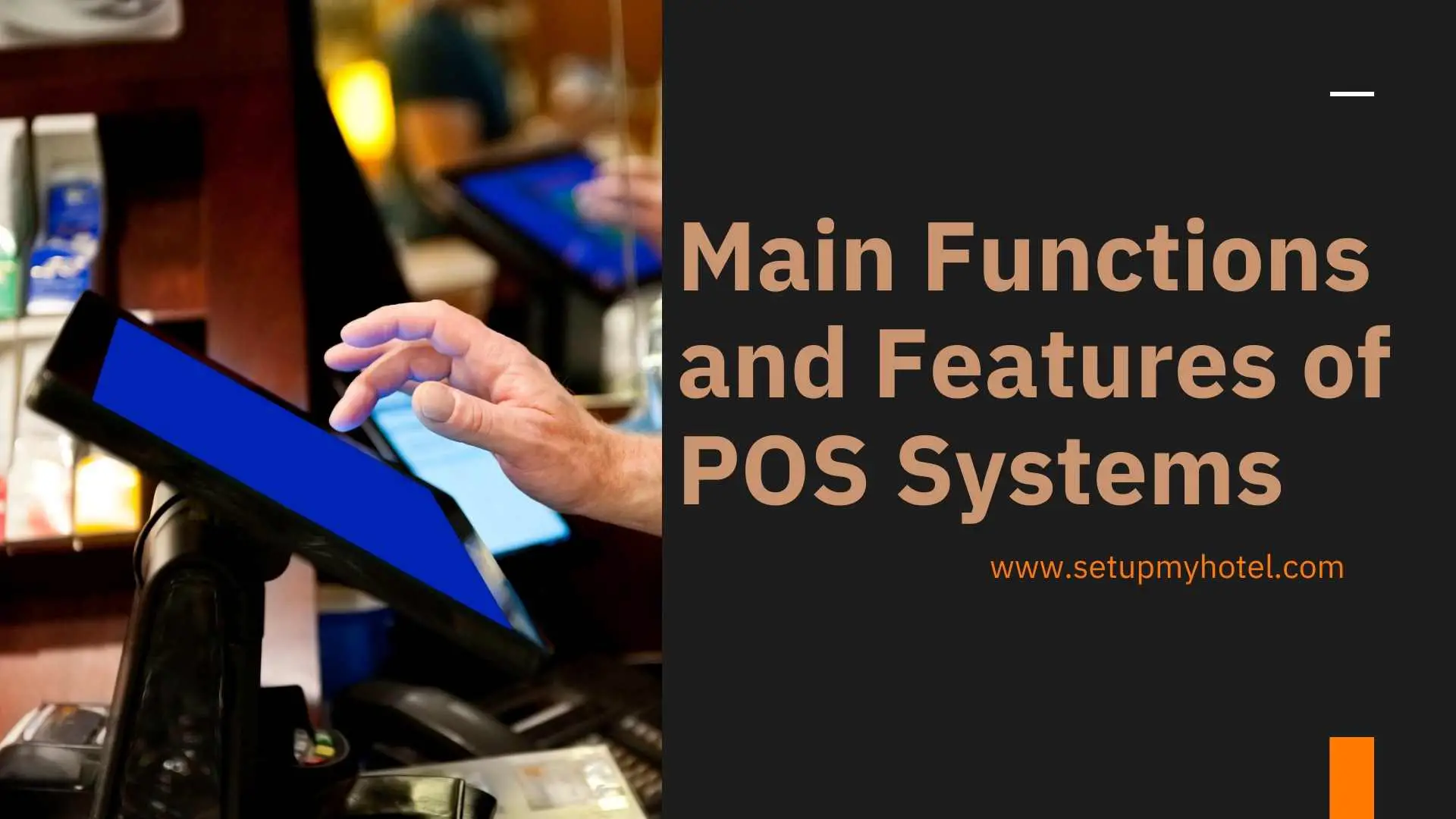
Functions Of Point Of Sale System In Hotels Point of Sale (POS) systems play a crucial role in the hospitality ...
Read more
History Of The Food Service Industry [Timeline]
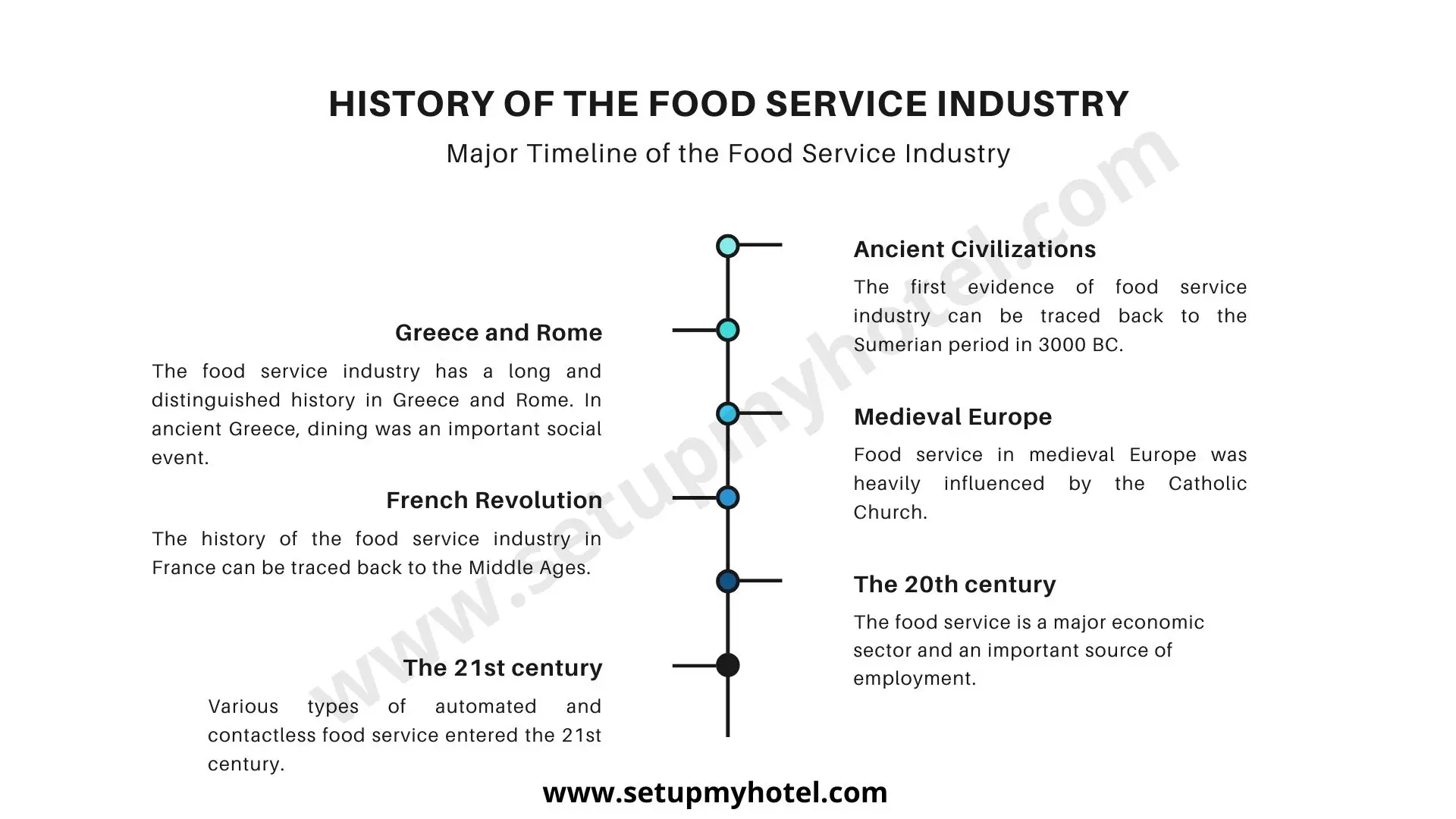
History Of The Food Service Industry The Introduction: One of the most fascinating developments in the history of food service ...
Read more
The Main Factors Of Restaurant Revenue Management
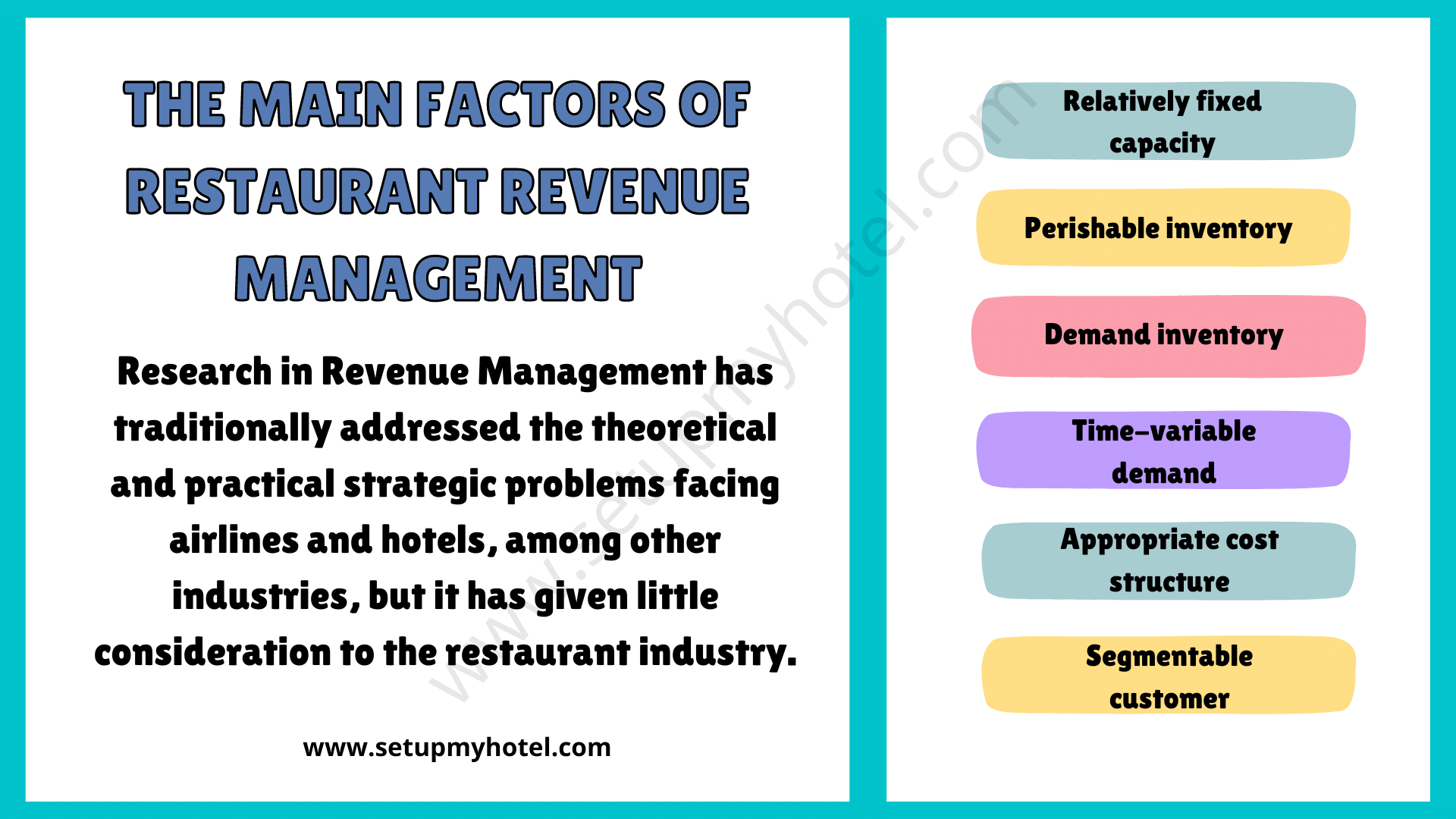
The Main Factors Of Restaurant Revenue Management Restaurant revenue management involves a strategic approach to pricing, marketing, and operations to ...
Read more
The Sequence Of Service In Restaurant (Stages Of Food Service)

The Sequence Of Service In Restaurant The sequence of service in a restaurant is a crucial aspect of providing a ...
Read more
Tips For Optimizing Hotel Websites For Maximum Bookings And Revenue

Tips for Optimizing Hotel Websites for Maximum Online Bookings and Revenue The Current hotel booking trends in many countries indicate ...
Read more
Hotel Sales And Marketing Organization Chart
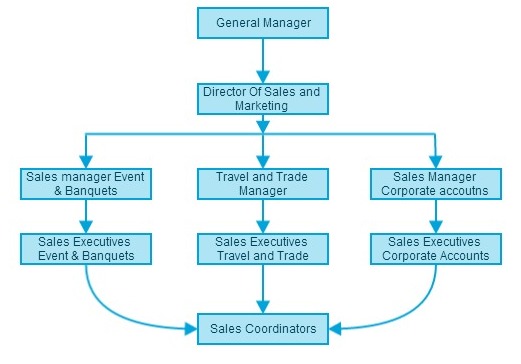
Organization Chart Hotel Sales and Marketing Department In the hotel industry, sales and marketing are two critical departments that work ...
Read more
Tips For Recruiting Successful Hotel Sales Staffs

Tips for Recruiting Successful Hotel Sales Staff Effective salespeople are the key factors for the success of hotel sales efforts, ...
Read more
Corporate Rate Application Letter For Hotels

Corporate Rate Application Letter Sample For Hotels Sending a corporate rate application letter to a hotel serves the purpose of ...
Read more
5 Types of Profiles / Guest Profile Types in Hotels | Resorts
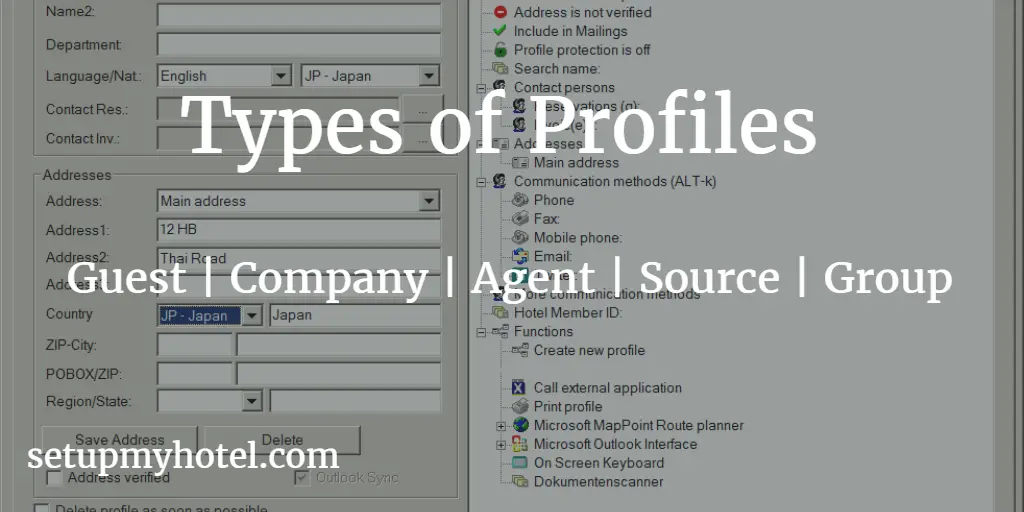
Types of Profiles Used in Hotels | Resorts Profiling of Guests, Companies, and Travel helps the sales and marketing teams ...
Read more









